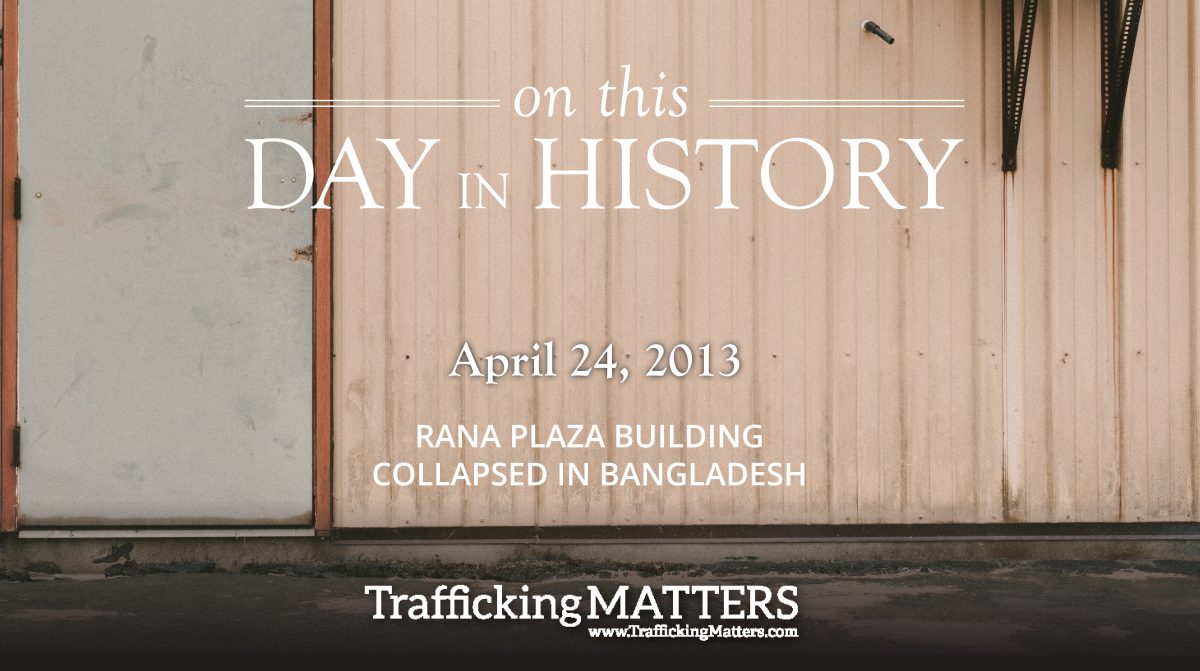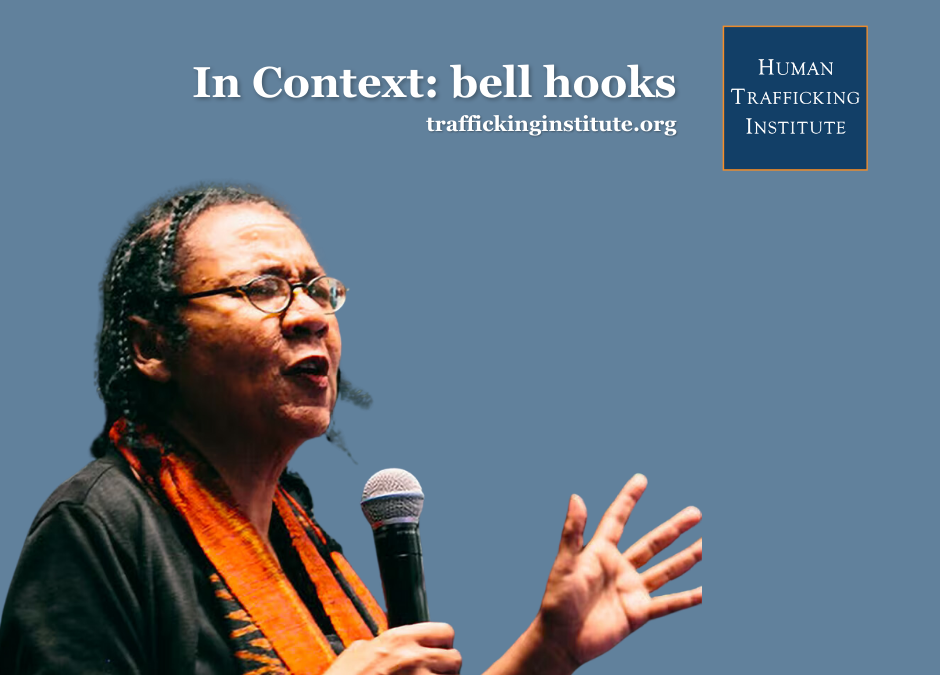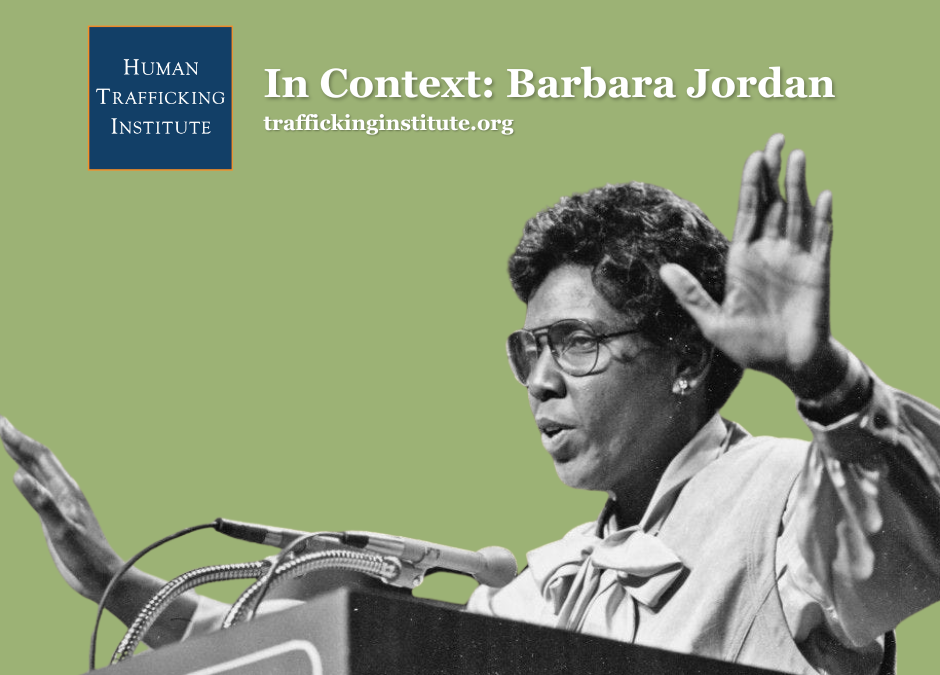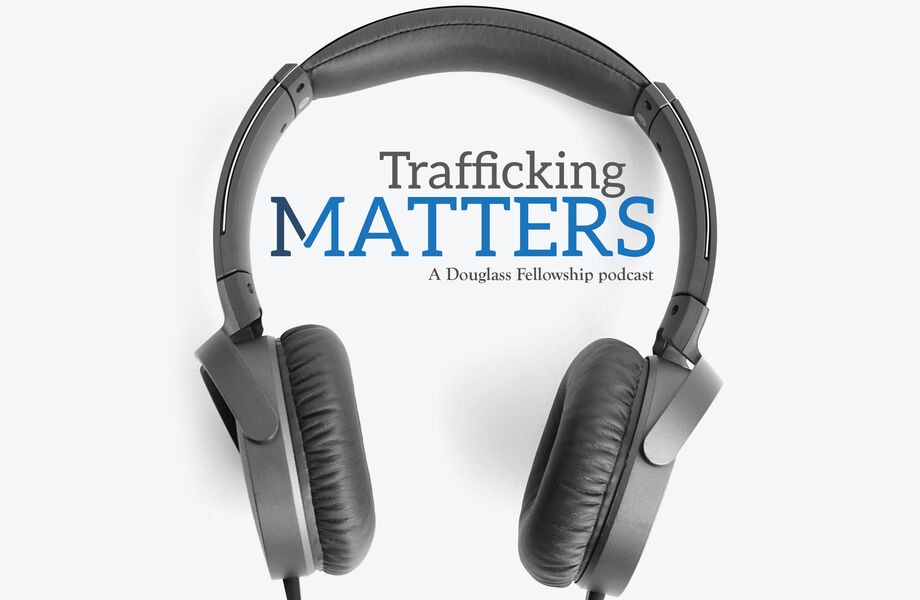By: ARIANA HADDEN
On Wednesday, April 24, 2013, Bangladesh suffered one of the world’s worst industrial accidents to date when the eight-story Rana Plaza building collapsed, killing over 1,100 people and injuring thousands more.1 The building itself was home to five clothing factories, apartments, stores, and a bank.2
Rana Plaza Foundations
The Rana Plaza building was owned by Sohel Rana, a man thought to be heavily involved with one of Bangladesh’s major political parties, the Awami League.3 4 Prior to starting construction, Rana obtained a permit to build a five-story structure. The building’s lead architect, Massood Reza, was commissioned with the understanding the building would house shops and offices. However, three additional floors were constructed without a permit, and the five clothing factories occupied the top five floors of the now eight-story structure. In addition to the design, the building was constructed on a filled-in pond, compromising its structural integrity.5 All of these factors paved the path to disaster as workers’ warnings and concerns were ignored.
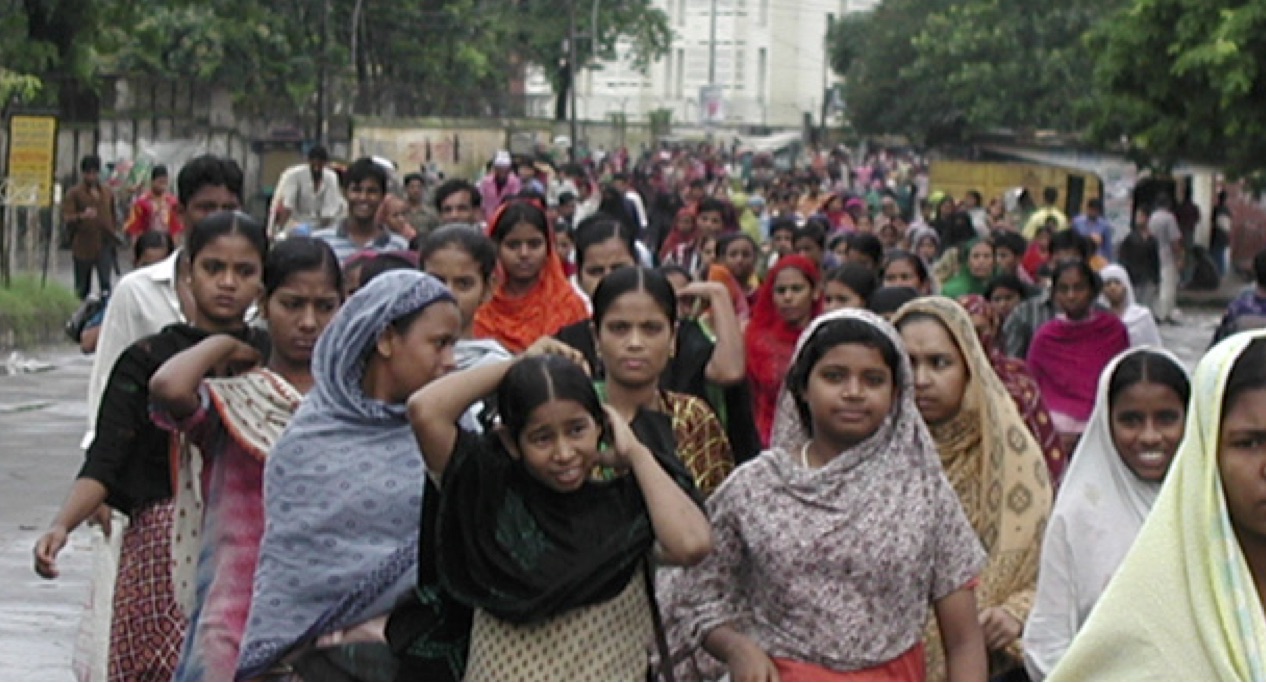
alalodulal.org
The workers in the Rana Building, particularly in the factories, were primarily women who were the breadwinners of their families, making about $50 a month or less than $2 a day. According to a 2016 report from the Global Living Wage Coalition, a living wage in Bangladesh in 2013 would have been between $177 to $214 a month, depending on the region, meaning the workers were severely under-compensated.6
In the days preceding the collapse, many workers expressed concerns with noises coming from the building such as structural groaning and creaking. On April 23, large cracks started to spread across some of the walls on the top floor, leading to an investigation of the building. However, shortly after this investigation, workers were instructed to return to work and not worry about the problem.
The Morning of the Collapse
Just before 9 in the morning on April 24, 2013, the building began to rumble and ultimately collapse, killing 1,134 individuals and injuring more than 2,500.7 Investigators deemed the cause of the collapse to be from vibrations coming from four large generators on the building’s upper levels.
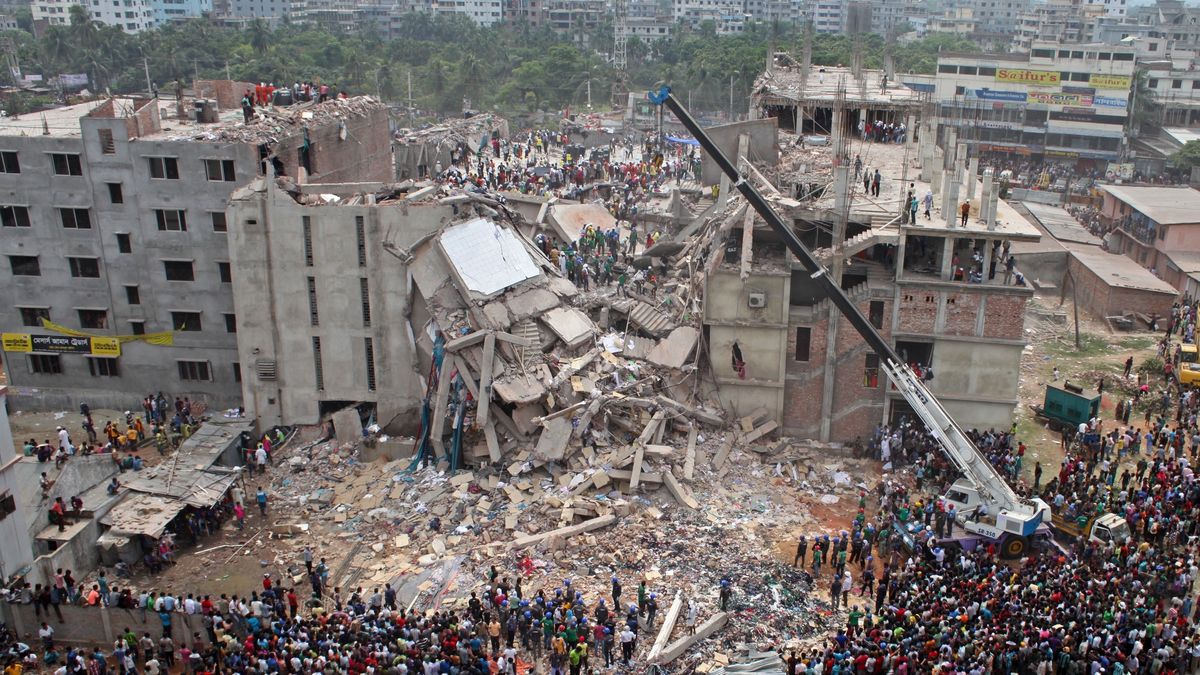
Getty Images
The world quickly reacted to the building collapse and the hundreds of trapped workers. Nobel Peace Prize Winner Muhammad Yunus, a Bangladeshi civil society leader, founder of Grameen Bank, and microcredit and microfinance pioneer, reflected on the tragedy saying, “[The collapse was a] symbol of (Bangladeshi) failure as a nation. The crack in Rana Plaza that caused the collapse of the building has only shown us that if we don’t face up to the cracks in our state systems, we as a nation will get lost in the debris of the collapse.”8
Garnered Attention from Around the World
In response to the collapse, Bangladesh instituted a national employment injury protection plan. Five months later, in September 2013, the International Labor Organization (ILO) hosted a gathering in Geneva, Switzerland, to draft a proposal for calculating loss of income payments that fell in line with ILO Convention 121, or the Employment Injury Insurance Campaign. The convention members decided payments would be distributed to each worker injured, in addition to the families of those who lost their lives at Rana Plaza, and medical treatment would be provided for those with long-term injuries. A system was then put in place for dispersing those payments to ensure credibility and transparency. 9
In addition, several companies with factories in Bangladesh became involved in the plight for better working conditions, including Nike and H&M. More than 200 apparel companies signed the Accord on Fire and Building Safety in Bangladesh, a legally-binding agreement between global brands, retailers, and trade unions designed to build a safe and healthy Bangladeshi Ready Made Garment Industry. 10 From mid-2013 through the end of 2014, around 230 labor unions – nonexistent before the collapse – were launched in Bangladesh to advocate for fair wages, decent working conditions, and the right to unionize without retribution. 11
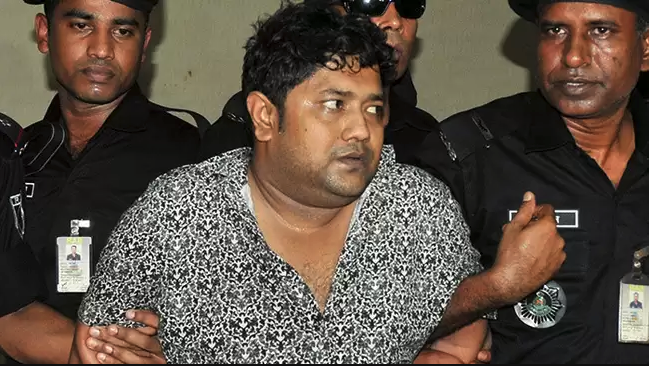
Vice.com
Following the catastrophe, the building owner Sohel Rana was charged with death by negligence but fled the scene upon arrest. Several days later, he was found hiding in India and was subsequently arrested and jailed. In 2017, Rana received a maximum three-year sentence for corruption, among the charges he faced for the Rana building collapse. Murder charges were brought against 37 other individuals connected to the building, including the five clothing factory owners, but trials have been delayed due to appeals in the higher court.12
Is it Really Enough?
In response to the Rana Plaza Collapse, the Bangladeshi minimum wage was increased from $38 to $68 a month.13 In addition, 97,000 of 132,000 hazards at factories in Bangladesh were eliminated after the passage of the Accord on Fire and Building Safety in Bangladesh.14 Some of these hazards included poor construction and construction without a permit.
Despite these improvements, much still needs to be done for factory workers in Bangladesh. Minimum wage requirements are still almost $100 below the monthly living wage.15 Though hundreds of labor unions were created directly following the collapse, “violations of workers’ rights to form unions, bargain, and strike increased by 11.96 percent between 2012 and 2015.”16 And in spite of efforts to protect workers through the Accord, gaps in protections still exist.17 18 By remembering this day in history, we are reminded of the ongoing need to enforce laws that create safe working conditions for laborers around the world.
-
- 1 https://www.bbc.com/news/world-asia-22476774
- 2 https://www.racked.com/2018/4/13/17230770/rana-plaza-collapse-anniversary-garment-workers-safety
- 3 https://en.wikipedia.org/wiki/Sohel_Rana_(businessman)
- 4 https://www.albd.org/
- 5 http://libcom.org/news/house-cards-savar-building-collapse-26042013
- 6 https://www.racked.com/2018/4/13/17230770/rana-plaza-collapse-anniversary-garment-workers-safety
- 7 https://www.thedailystar.net/from-under-the-rubble-21266
- 8 https://www.bbc.com/news/world-asia-22476774
- 9 https://ranaplaza-arrangement.org/about
- 10 https://www.racked.com/2018/4/13/17230770/rana-plaza-collapse-anniversary-garment-workers-safety
- 11 Id.
- 12 https://www.aljazeera.com/news/2017/08/rana-plaza-owner-jailed-years-corruption-170829161742916.html
- 13 https://www.racked.com/2018/4/13/17230770/rana-plaza-collapse-anniversary-garment-workers-safety
- 14 https://www.racked.com/2018/4/13/17230770/rana-plaza-collapse-anniversary-garment-workers-safety
- 15 Id.
- 16 https://www.opensocietyfoundations.org/voices/what-s-changed-and-what-hasn-t-rana-plaza-nightmare
- 17 Id.
- 18 http://static1.squarespace.com/static/547df270e4b0ba184dfc490e/t/5ac9514eaa4a998f3f30ae13/1523143088805/NYU+Bangladesh+Rana+Plaza+Report.pdf

